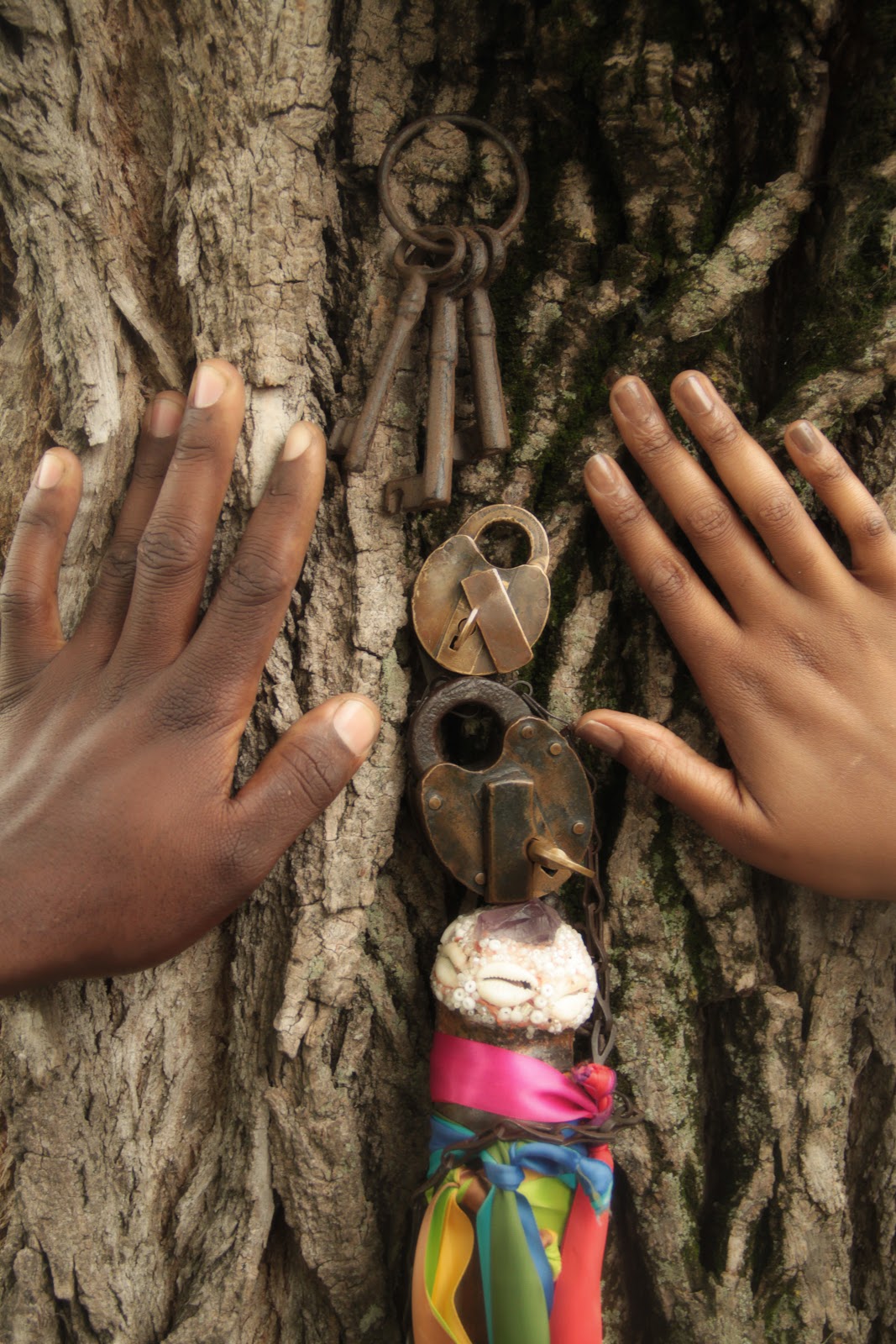After having heard Free Egunfemi talk about her mission of exposing the stories of African American history in a way that the museums and government organizations won’t I went into the exhibition with a bit of a new mindset. One that made me question what part of history was on display and what had been tucked away to be forgotten. The way the exhibit had been curated into four section based on the timeline of events made it easy for me to follow even though it was a little cheesy. The first half of it felt like I was walking through the pages of a text book. The second half where it became more interactive and showed the stories of real people and their effect on history was much more engaging to me although I still felt them lacking in some realism.
I feel like for the first two sections that were farther in the past they could have focused the attention on less individuals and dug deeper into their stories, maybe even connecting them to present day Richmond in some way. The fact that there is so much history involving African Americans in Richmond alone and very little of this was expressed through Determined was disappointing. They didn’t even mention Brother Gabriel although he is a great part of Richmond’s history. I feel like we are lucky to have an organization like Untold RVA to bring these stories to the light.
I like to think of American history as a whole, rather than African American History because this makes it seem less relevant and like a part that can be avoided. After leaving the museum I was curious to see if the exhibit was permanent or if it was just temporary, and disappointingly, I found it to be temporary, closing this March. Although it was missing things, I feel like it still started some needed discussions to a broader audience and the fact that an American history museum doesn’t commemorate the stories of African Americans is like leaving out a major part of history. I have recently learned through a different class that in all of Germany there is not a single statue or museum commemorating the Nazis. All Holocaust memorials focus on the victims and the thousands killed. There are also laws that have been passed, making sure that schools continue to teach the Nazi time in depth making sure not to leave the worst parts out. Whereas, America has statues that continue to praise confederate leaders, and has forgotten the names of many important slaves and African Americans over the years. Relating this back to the exhibit, I feel like the way history has been represented was through eyes that are ashamed of what happened and because of this focused more on the positive aspects or just grazed the surface of the injustice, omitting much of the struggle that these people had to endure.
The section I found the most interesting and powerful was at the very end where there was the family tree that had the family names of many of the Richmond families, it was cool to see how interconnected everything is. I also liked how the last bit was interactive and you could see other people’s reactions to the exhibit. I do feel as though they made the ending of the exhibit a bit too joyful because yes, although we have made it very far in the 400 years of injustice, the fight for equality and against racism in the US is still going on, and that should not be overlooked.
Questions that came up for me while I was walking through the exhibit was first, if this is the only section of the museum that focuses on the struggle and self-determination of African Americans? And like I mentioned before if it is a permanent installation? I’m glad that although the museum is lacking in telling the stories of African Americans in Richmond that there are people such as Free who are lifting this part of history up through Untold RVA.
